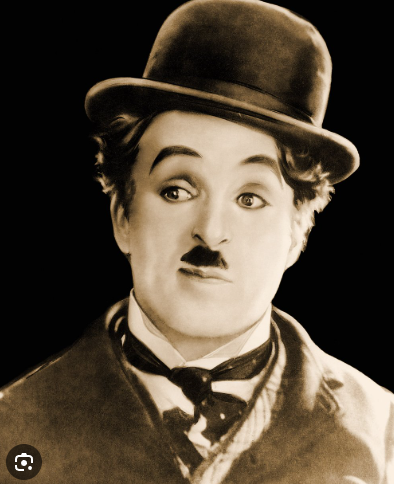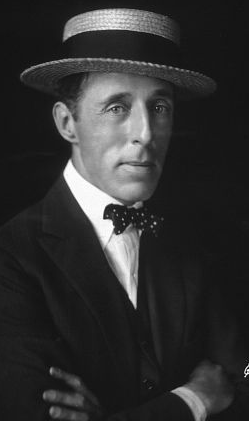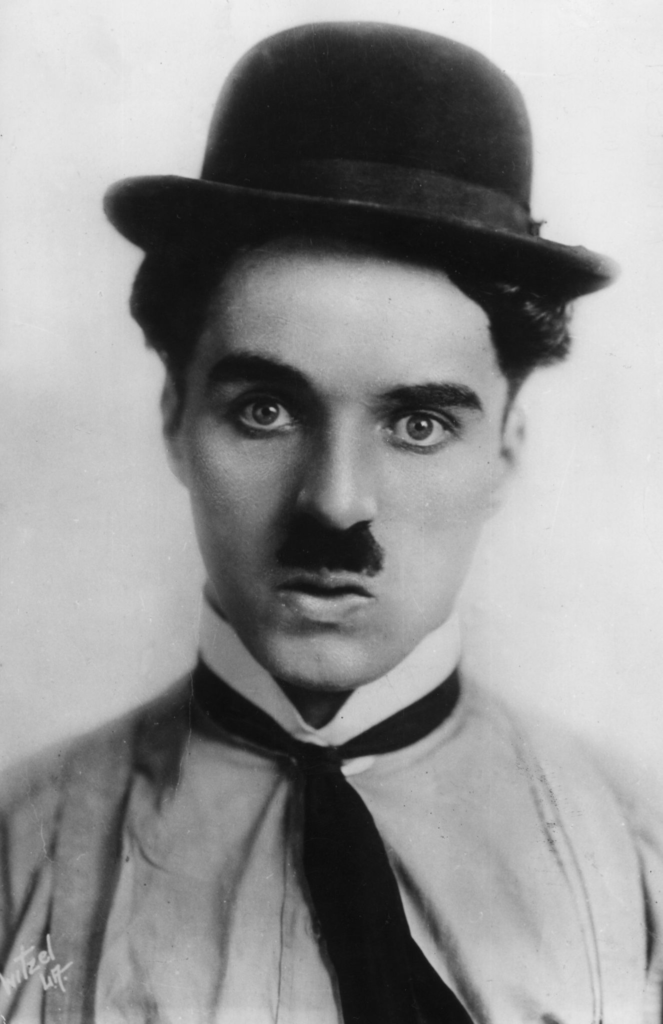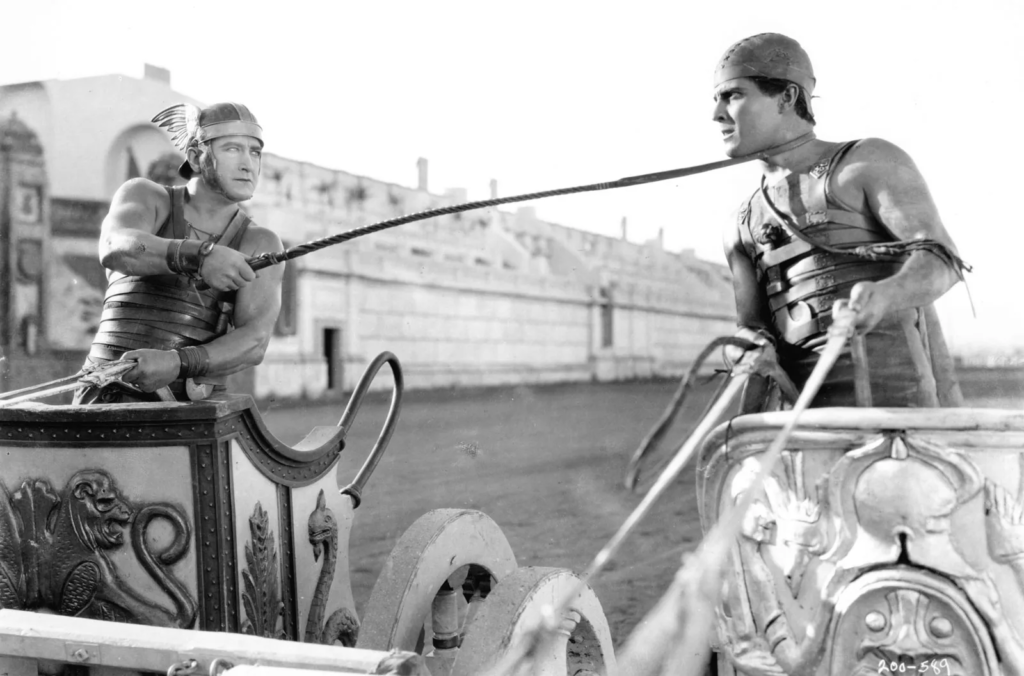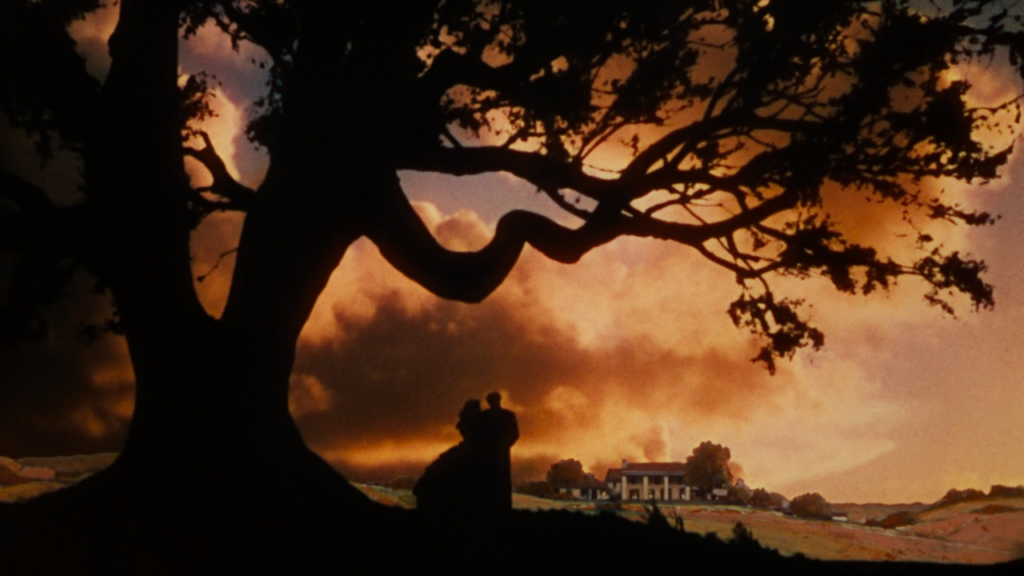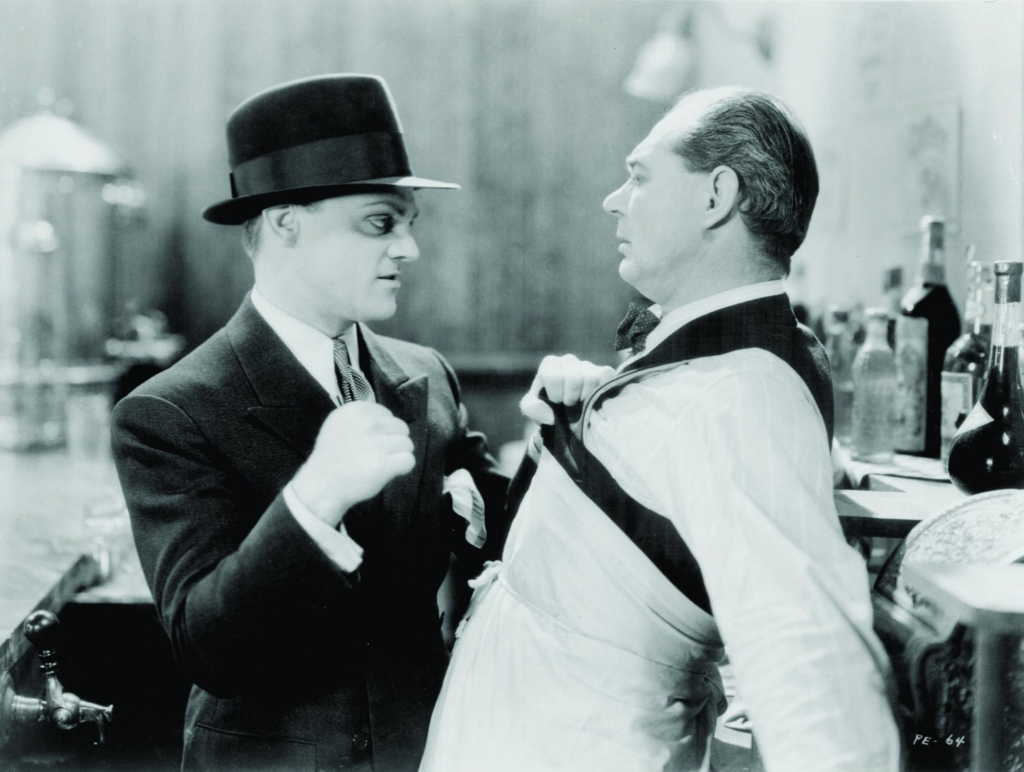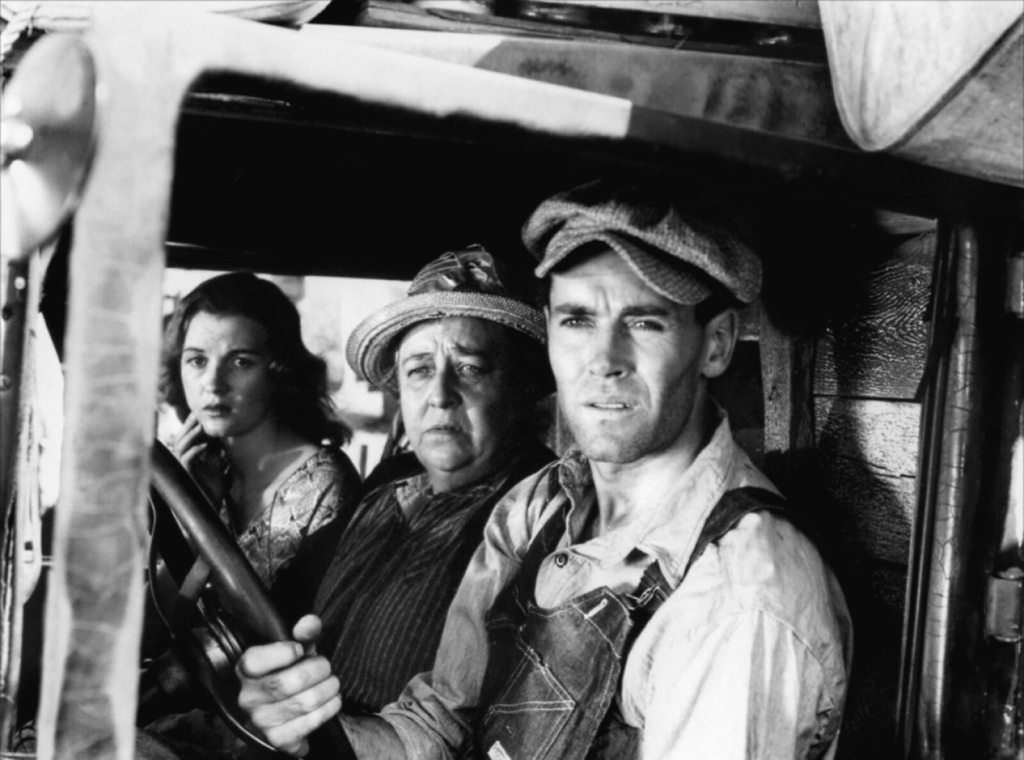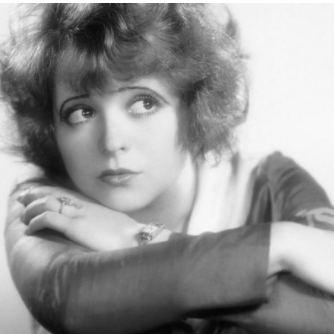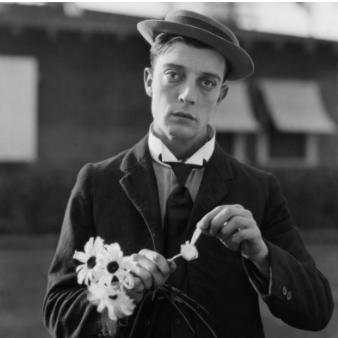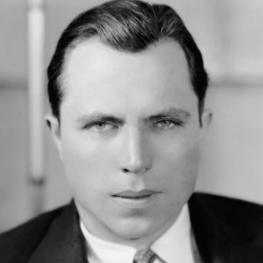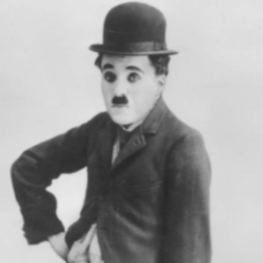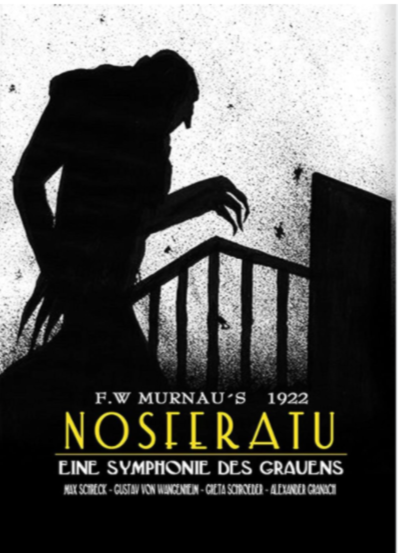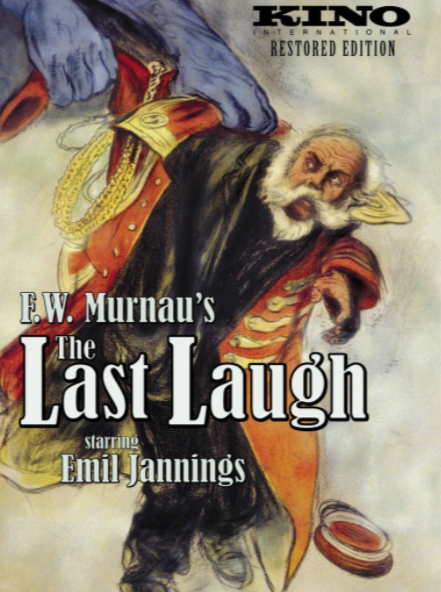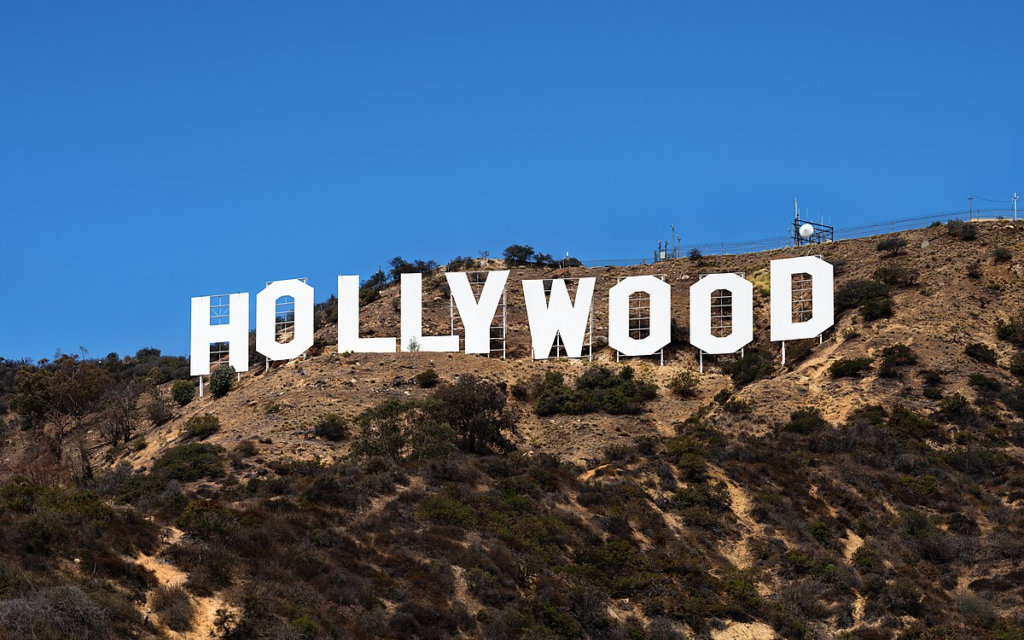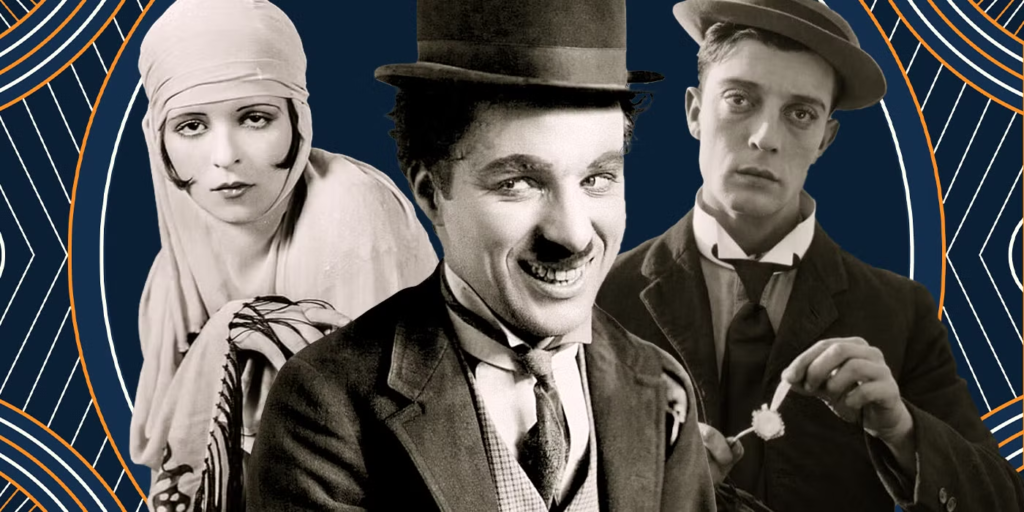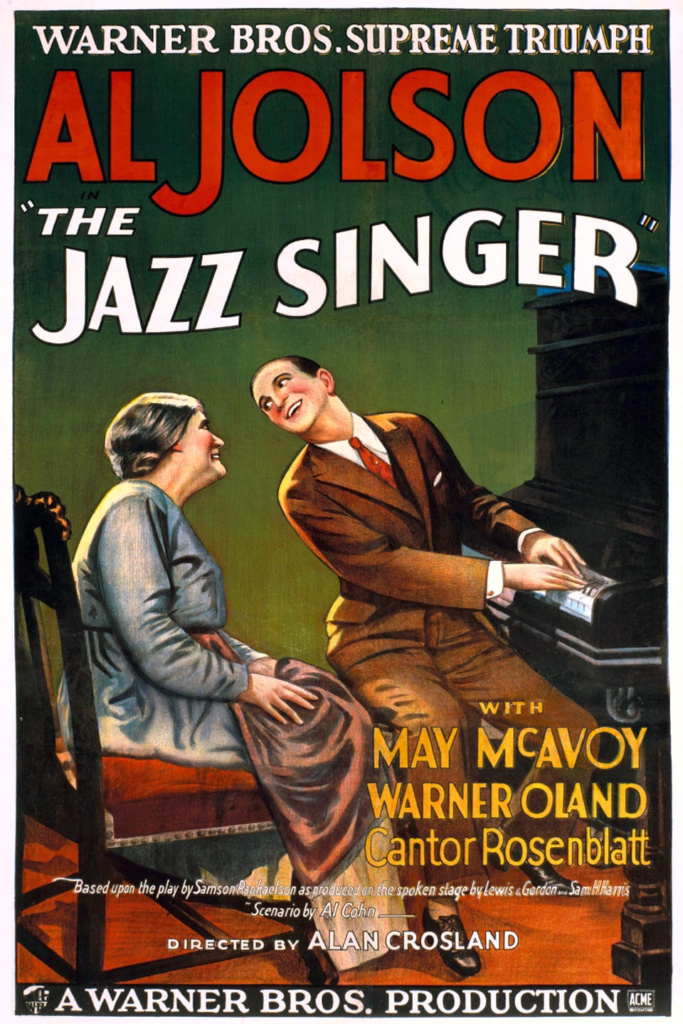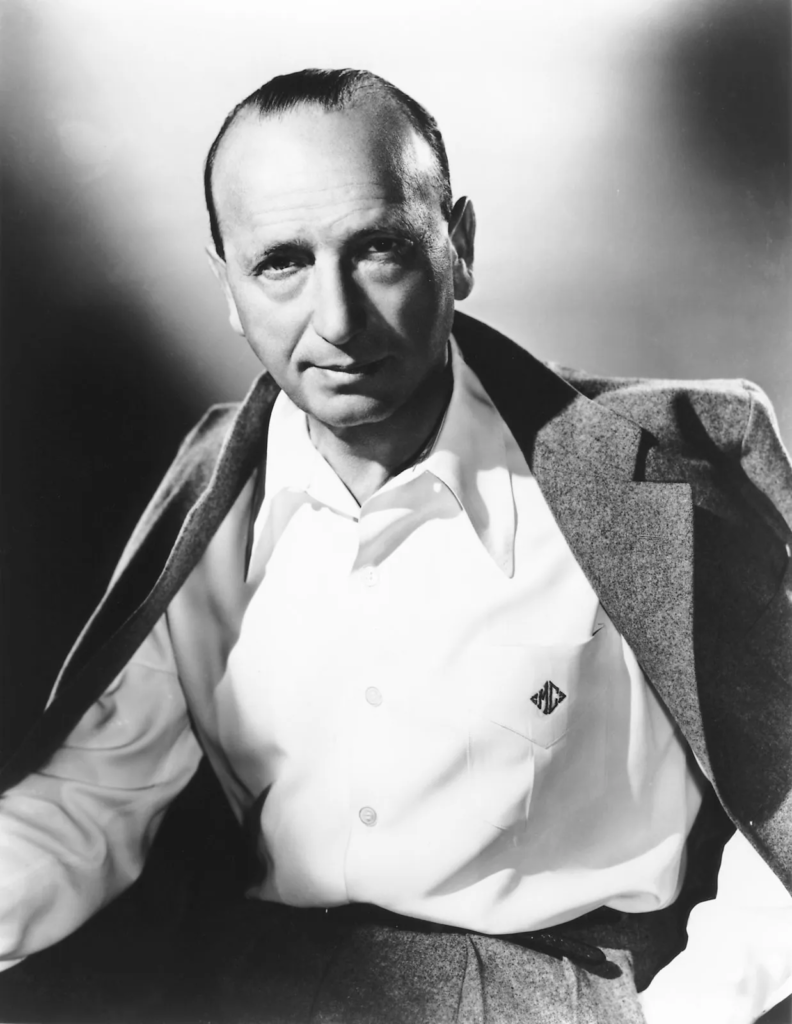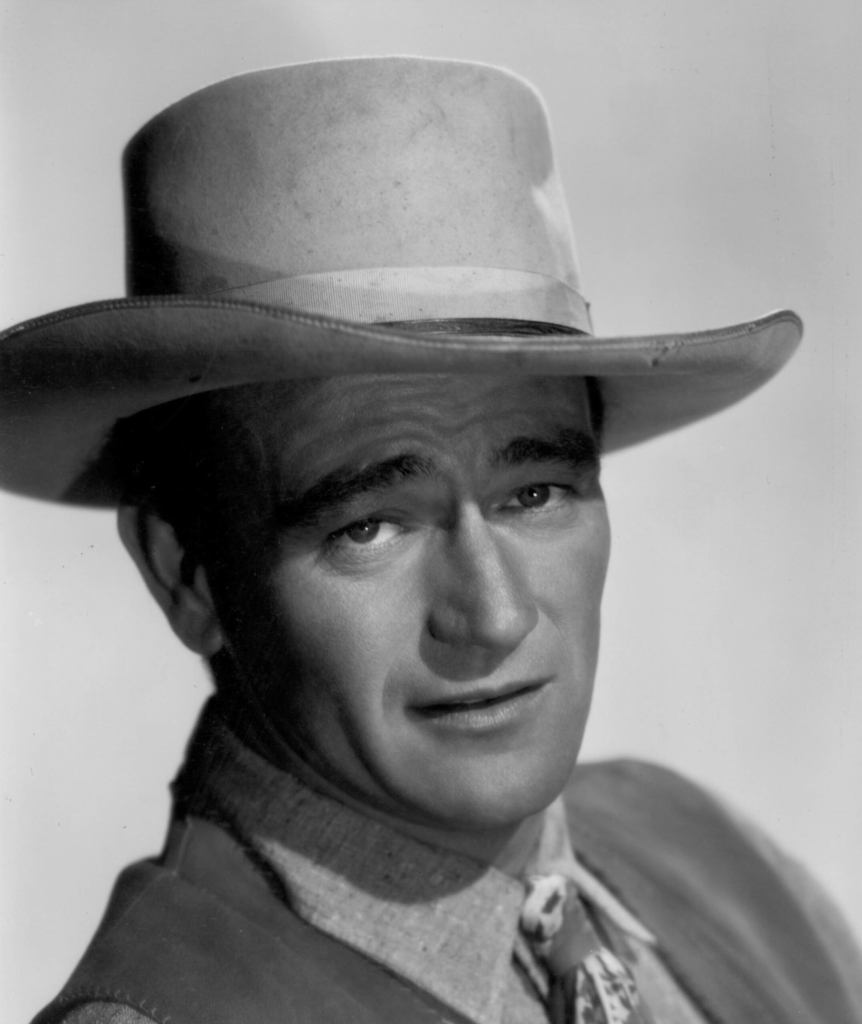The Birth of Hollywood (1900 – 1930)
1. Film makers and producers moved to Hollywood because the mountains, plains and low land prices made Hollywood a good place to establish film studios.
2. Some of the big stars, directors and pictures from the Silent Era of Hollywood are: – Charlie Chaplin (actor/director), born in London, United Kingdom – Greta Garbo (actress), born in Stockholm, Sweden – Erich Von Stroheim (director), born in Vienna, Austria – F.W Murnau (director), born in Bielefeld, Germany – The Great Dictator (film) – Metropolis (film)
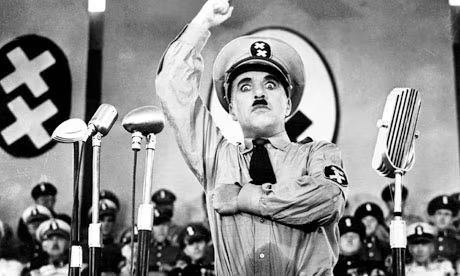
3. Early Hollywood studios were like production lines as they used to constantly churn out films on a rapid rate, to try and make as much money as possible
4. The first ever ‘talking picture’ was ‘The Jazz Singer'(1927) by Alan Crosland.
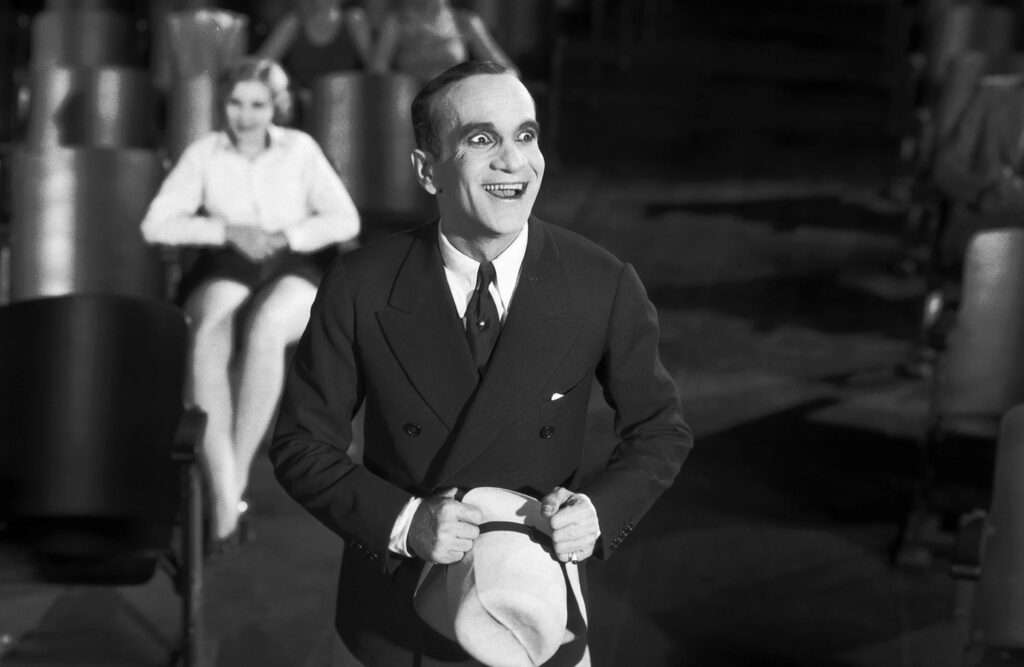
5. The end of the silent era caused some actors to leave the industry entirely as their acting standards or the sound of their voices were not up to par with the new era of ‘talkies’, as films with dialogue in were known as.
6. The major historical event that happened during the birth of Hollywood is World War 1, which led to many different ways of film making, such as the impressionistic Germanic style and the Russian propaganda that was extremely intuitive and influential when it came to editing. Another key event during this time period was The Great Depression in 1929, which was a great economic crash for American society, which led to people losing their jobs and livelihoods. This would’ve impacted the films made and also the amount of money films made, as films would’ve been a form of escapism for the people of this time.
The Golden Age of Hollywood (1930 – 1947)
1. The big 5 studios were: – Metro Goldwyn Mayer, who filmed big blockbuster films with large budgets. – RKO, who filmed a wide variety of films, such as the original ‘King Kong’ and the highly innovative ‘Citizen Kane’, which is regarded as one of the greatest films of all time. – 20th Century Fox, who filmed a lot of historical films and novel adaptations, such as ‘The Grapes of Wrath’ and ‘All About Eve’. – Warner Bros., who filmed some big hits during the Golden Age of Hollywood, such as ‘Little Caesar’ and ‘The Public Enemy’. – Paramount, is the longest operating studio in Hollywood, and is responsible for making films such as Bob Hope and Bing Crosby’s ‘Hope’ series and ‘Going My Way’.
2. Vertical Integration is a business strategy to take ownership of two or more key stages of its operations to cut costs. Block-booking is a system of selling multiple films to a theater as a unit. Block booking was the prevailing practice in the Hollywood studio system from the turn of the 1930s until it was outlawed by the U.S. Supreme Court’s decision in United States v. Paramount Pictures, Inc.
3. The original studio system around which the industry had been organized for three decades finally expired in 1954, when Loew’s, the last holdout, severed all operational ties with MGM. The reason that it expired was mainly due to the U.S. Supreme Court’s decision in United States v. Paramount Pictures, Inc., as it outlawed these film companies owning cinemas and only showing their own company’s films, instead of films from all companies.
Classical Hollywood Style
1. Invisible storytelling is when the elements of film, editing, acting, costume design, are done so seamlessly and perfectly that the audience doesn’t notice them. This done so the film feels more immersive for the audience. Can also be described as illusionistic, as it is creating a story that the audience feels is actually happening before them and the events unfolding did actually happen.
2. Continuity editing is an editing system used to preserve the consistency of the events that are unfolding throughout the film.





